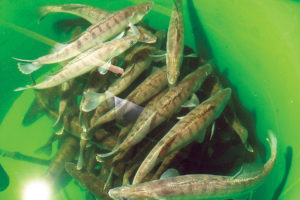
Out-of-season spawning for pike perch
The authors induced out-of-season spawning in pike perch reared under natural and artificial temperature and illumination regimes.
The levels of harmful Vibrio bacteria – a pathogen that multiplies at higher temperatures – in raw oysters depend largely on post-harvest handling.

The authors induced out-of-season spawning in pike perch reared under natural and artificial temperature and illumination regimes.
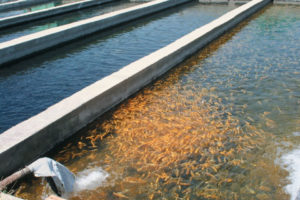
Fish farms in Armenia have developed a diversified product base that includes value-added, ready-to-eat foods for export, as well as live and processed fish for domestic markets.
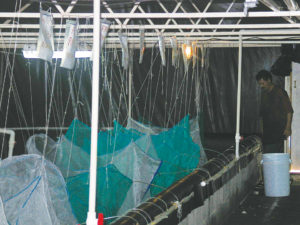
The authors conducted a study to investigate the prevalence of IHHNV in P. vannamei within the context of a family-based genetic selection program.
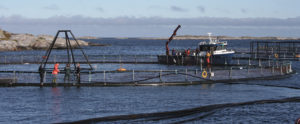
In research for Norway’s salmon farmers, the authors documented effective bath treatments against sea lice infestations in large net pens using skirts or tarpaulins to define the treatment area.
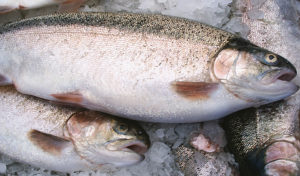
Trout farming is a well-established industry that assists in providing services and technology to developing aquaculture sectors in South Africa.
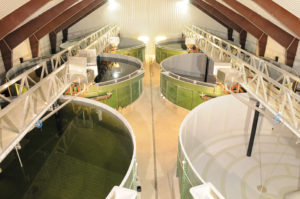
The Fjordsmolt RAS farm applies a relatively simple, low-cost design to produce millions of salmon smolts per year in fiberglass tanks.

Based on a phylogenetic analysis with the BEAST program, the authors determined the evolutionary relationships among 83 Taura syndrome virus isolates.
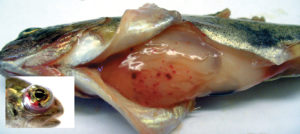
The use of probiotics in aquaculture is steadily gaining momentum, supplementing or replacing the use of antimicrobial compounds in disease control.
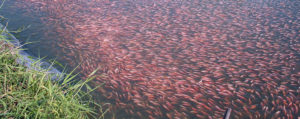
The tilapia production boom results from technology that combines artificial egg incubation and monosex fry production using hormonal sex reversal.
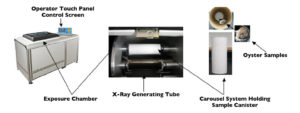
Various techniques have been proposed to reduce Vibrio bacteria in live and processed oysters. In studies, X-ray treatments successfully reduced Vibrio populations.

Results of a 120-day study showed that Nile tilapia fingerlings produced in incubation units, hapas or ponds exhibited similar grow-out performance.
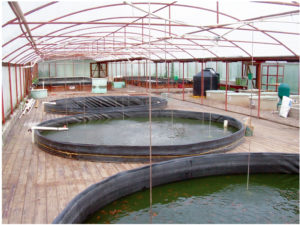
Intensive management of tilapia broodstock and artificial incubation of eggs increase output and cut costs for fingerling production.
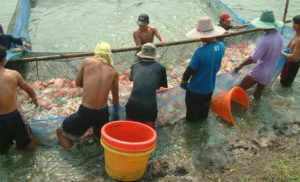
Tilapia production in Asia focuses on either fresh whole fish or larger frozen whole fish or fillets, depending on farm size, cash flow and other factors.
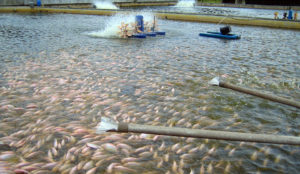
Dietary organic acids can exert antimicrobial effects and benefit growth, nutrient utilization and other health parameters in tilapia.
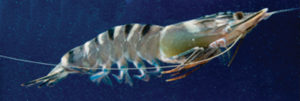
Shrimp color is caused by pigments that play an important role in camouflage for survival. For farmed shrimp, proper coloration is generally achieved via synthetic astaxanthin in feed.